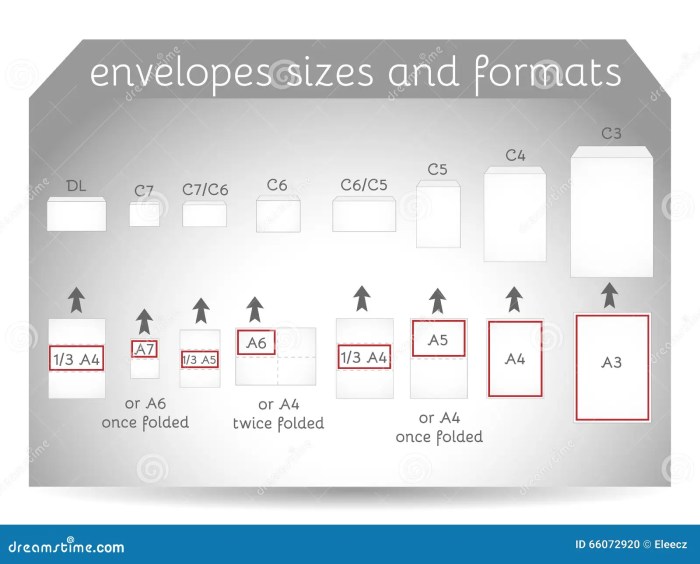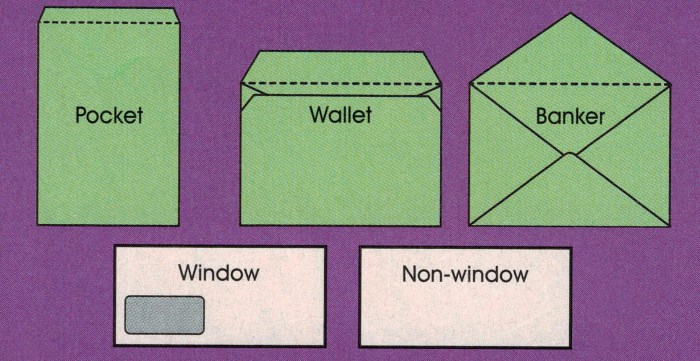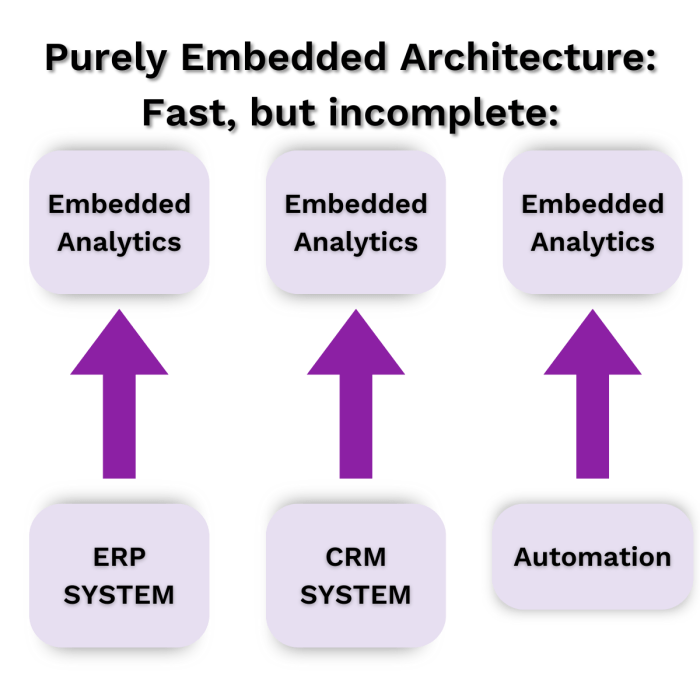Envelope Standards Comparison: EU vs US vs Asia – A Comprehensive Analysis
Embark on a journey through the world of envelope standards as we compare and contrast the regulations and practices in the EU, US, and Asia. From materials used to environmental considerations, this exploration delves into the fascinating realm of envelope production across continents.
Envelope Standards in the EU
When it comes to envelope standards in the European Union (EU), there are specific key features that set them apart from other regions. These standards are designed to ensure consistency, quality, and environmental sustainability in envelope production.
Materials Used in EU Envelopes
In the EU, envelopes are commonly made from a variety of materials such as paper, cardstock, and recycled materials. These materials must meet specific requirements for thickness, durability, and recyclability to comply with EU envelope standards.
Regulations and Requirements
There are strict regulations and requirements for envelope production in the EU to ensure the safety of consumers and protect the environment. These regulations cover aspects such as chemical content, labeling, and sizing to guarantee compliance with EU standards.
Environmental Considerations
Environmental sustainability is a key focus in EU envelope standards. Envelopes must be produced using eco-friendly materials, such as recycled paper, and adhere to strict guidelines for waste reduction and recycling. The EU promotes the use of envelopes that are biodegradable and recyclable to minimize the environmental impact of envelope production and disposal.
Envelope Standards in the US
In the United States, envelope standards differ from those in the EU, with unique sizing conventions and labeling requirements.
Sizing Conventions for Envelopes in the US
- The most common envelope sizes in the US are #10 (4 1/8 x 9 1/2 inches) and A7 (5 1/4 x 7 1/4 inches).
- Envelopes in the US are typically measured in inches rather than millimeters, which is a common practice in the EU.
- There are also specialized envelope sizes like monarch (3 7/8 x 7 1/2 inches) and square envelopes.
Popular Envelope Types Used in the US
- Commercial envelopes: used for business correspondence and often come in #10 size.
- Wedding envelopes: larger sizes like A7 are commonly used for wedding invitations.
- Window envelopes: feature a transparent window for the recipient's address to show through.
Labeling Requirements for Envelopes in the US
- Envelopes in the US typically require the sender's return address in the top left corner and the recipient's address in the center.
- Additional postage may be required for non-standard envelope sizes or shapes.
- Barcoding for automated mail processing is encouraged for faster delivery.
Envelope Standards in Asia
In Asia, envelope standards vary across different countries due to unique cultural influences and evolving trends in design and materials. Let's explore the quality standards, innovative designs, and cultural influences on envelope standards in Asia.
Trends in Envelope Standards Across Asian Countries
- Japan is known for its high-quality paper and intricate envelope designs, reflecting attention to detail and craftsmanship.
- In China, red envelopes are traditionally used for monetary gifts during special occasions like Chinese New Year, showcasing cultural significance in envelope design.
- South Korea emphasizes modern and minimalist envelope designs, often incorporating innovative materials and printing techniques.
- India showcases a wide range of envelope styles, from traditional handmade paper envelopes to modern, colorful designs influenced by local textiles and patterns.
Comparison of Quality Standards in Asia, EU, and US
- While the EU and US prioritize standardization and durability in envelope production, Asian countries focus on a balance between tradition and innovation.
- Asian envelopes may feature unique textures, colors, and embellishments that reflect cultural heritage, setting them apart from Western envelope standards.
- The EU and US enforce strict regulations on paper sourcing and environmental impact, whereas Asian countries may prioritize aesthetics and cultural symbolism in envelope design.
Use of Innovative Designs and Materials in Asian Envelopes
- Asian envelopes may incorporate eco-friendly materials like recycled paper or plant-based fibers to align with sustainability goals and consumer preferences.
- Innovative features such as pop-up designs, interactive elements, and unconventional shapes are increasingly popular in Asian envelope design to enhance user experience and engagement.
- Artists and designers in Asia often experiment with unconventional materials like fabric, wood, or metal to create unique and memorable envelope designs that stand out in a crowded market.
Cultural Influences on Envelope Standards in Asia
- Cultural traditions and customs play a significant role in shaping envelope standards across Asia, with each country infusing its envelopes with symbolic meanings and aesthetic preferences.
- Symbolism, such as auspicious colors, motifs, and patterns, are commonly incorporated into Asian envelopes to convey well-wishes, blessings, and cultural values during special occasions and ceremonies.
- The significance of gift-giving and personal connections in Asian cultures influences the design and presentation of envelopes, emphasizing the importance of thoughtfulness and respect in communication.
Sustainability Practices

When it comes to sustainability practices in envelope production, the EU, US, and Asia each have their own initiatives in place to reduce the environmental impact of manufacturing processes.
Eco-friendly Initiatives
Across the EU, US, and Asia, envelope manufacturers are increasingly adopting eco-friendly initiatives such as using recycled paper, soy-based inks, and biodegradable materials in their production processes. These efforts aim to minimize waste and lower the carbon footprint associated with envelope manufacturing.
Recycling Policies
- The EU has stringent recycling policies in place, with a focus on promoting the use of recycled materials in envelope production and ensuring that envelopes are easily recyclable.
- In the US, recycling policies vary by state, but there is a growing trend towards encouraging the recycling of paper products, including envelopes.
- In Asia, recycling policies are also becoming more prevalent, with some countries implementing programs to increase the recycling rates of paper-based products like envelopes.
Impact on Envelope Design and Manufacturing
The shift towards sustainable practices has had a significant impact on envelope design and manufacturing. Envelopes are now being designed with eco-friendly materials in mind, such as recycled paper and biodegradable adhesives. Manufacturers are also exploring more efficient production processes to reduce waste and energy consumption.
Certifications for Environmentally-friendly Envelopes
- In the EU, envelopes that meet certain environmental standards may be certified by organizations like the Forest Stewardship Council (FSC) or the Programme for the Endorsement of Forest Certification (PEFC).
- In the US, envelopes can receive certifications such as the Sustainable Forestry Initiative (SFI) certification or the Rainforest Alliance certification for using sustainable practices in their production.
- In Asia, certifications like the Eco Mark in Japan or the Green Label in Singapore are awarded to envelopes that adhere to specific environmental criteria.
Ending Remarks
In conclusion, the comparison of envelope standards across the EU, US, and Asia unveils a tapestry of diverse practices and cultural influences. From sustainability initiatives to innovative designs, the world of envelopes continues to evolve in response to global trends.
Q&A
What are the key features of envelope standards in the EU?
The key features include specific regulations for envelope production, materials commonly used, and environmental considerations.
How do envelope standards in the US differ from those in the EU?
Envelopes in the US have different sizing conventions and labeling requirements compared to those in the EU.
What are the trends in envelope standards across different Asian countries?
Asian countries showcase varying quality standards and often incorporate innovative designs and materials in their envelopes.
Are there certifications related to environmentally-friendly envelopes in each region?
Yes, each region has certifications that highlight environmentally-friendly envelope production practices.



